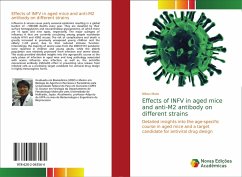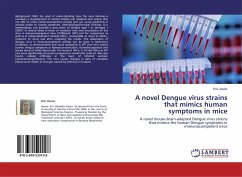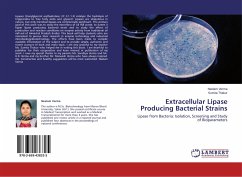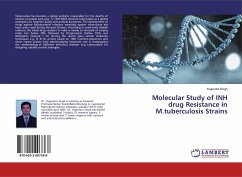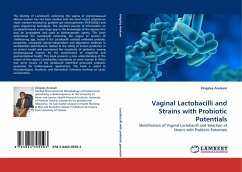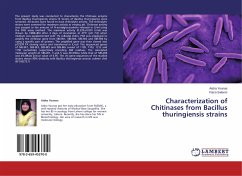In uenza A viruses cause yearly seasonal epidemics resulting in a global burden of ~500,000 deaths every year. They are classified by their surface hemagglutinin and neuraminidase glycoproteins, of which there are 16 types and nine types, respectively. The major subtypes of influenza A that are currently circulating among people worldwide include H1N1 and H3N2 viruses. The risk of complications and death is greatly increased in previously unexposed young children and the elderly (65 years), due to their reduced immune function. Interestingly, the majority of severe cases from the 2009 H1N1 pandemic were reported in children and young adults, while the elderly population was relatively protected from infection and severe diseas. This study provided detailed insights into the age-specific course at the early phase of infection in aged mice and lung pathology associated with severe influenza virus infection, as well as, the anti-M2e monoclonal antibody (rM2ss23) effect in preventingvirus release from infected cells as a promising target candidate for antiviral drug design in highly immunogenic forms.
Bitte wählen Sie Ihr Anliegen aus.
Rechnungen
Retourenschein anfordern
Bestellstatus
Storno

